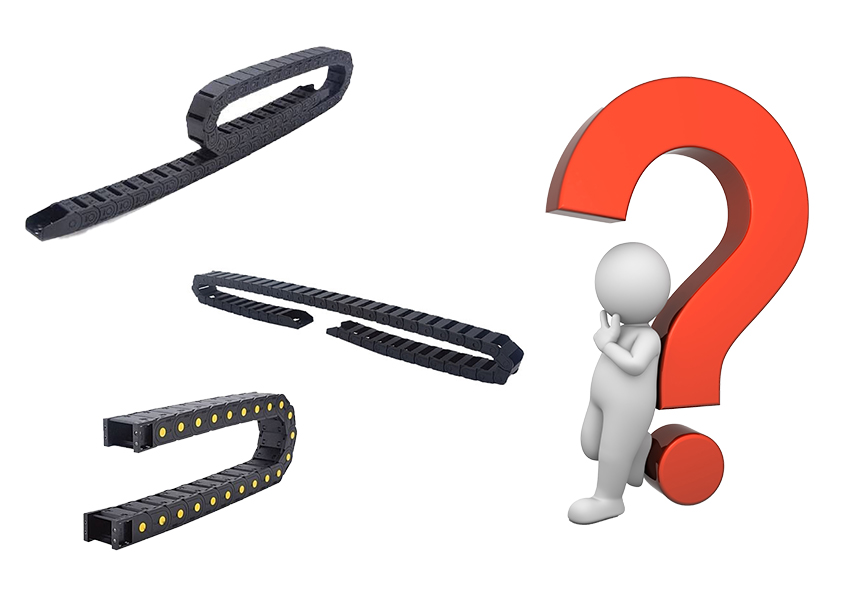How to Select a Cable Drag Chain?
Fri, Nov 18 by ATO.com
Several factors relate to how to choose the best cable track for your application. The material used for the cable track depends on the type required, how you want it to move and the level of durability required. Selecting the correct drag chain will prevent premature failure of the carrier or internal cable.
In order to help you to choose a suitable cable drag chain, ATO industrial automation will introduce some key points when you choosing a cable drag chain.

- Cable carrier measurement. Use the sizes of the cables that will travel in the carrier to find the right track. Ensure the track clearances based on the sizes of what is inside These measurements ensure the cables, lines or hoses have adequate space to move in the track without the carrier pinching them or rubbing on them, which leads to premature cable wear. To ensure the cable carrier is wide enough, add the clearances plus the diameters of all the cables, lines or hoses the track will carry. Additionally, when filling the cable carriers, place cables or hoses to evenly distribute the weight. Therefore, larger cables should be on the outer sides of the track with the smaller cables inside. This arrangement can prevent uneven weight distribution that could cause the track to flip over.
- Type of cable access. The types of carriers include varieties that allow for different access methods to the cables. First, the nonopening type works best for small applications because you cannot access the cable from the middle of the track. The second type uses hinged crossbars to permit access to the cables. Usually, the hinges require a screwdriver or other tool to open them, which prevents accidental opening of the crossbars during use. Open crossbar types also include options that do not require tools for putting cables into the tracks. However, these types work best when used over short distances due to the strain they may put on cables when used for long stretches.
- Cable movement. Aside from the method of cable access, consider the type of movement required of the drag cable. Two main forms of movement exist: linear and rotary. For movement in a straight line, use linear cable tracks. However, if you need carriers that move around bends, such as machinery that sends the track around one or more turns, you will need a rotary design. Note that some rotary will only move in one direction while others permit multiple turns, ideal for robotics or automated machinery.
- Cable durability. The durability of the cable track relates to its use. Durability considerations include whether you need temperature-resistant cable tracks made of steel or flame-resistant plastic tracks. Both types of cable drag chains work in environments with high operating temperatures and potential fire hazards. Durability also includes whether the drag chain can continue to perform in situations with loud sounds and vibration. Flexible linked cable tracks are one option that meets these criteria. Their design makes them ideal for situations that require absorption of both sound and vibrations and for use over long distances.

